Do you own a fast car? Do you see the ZR logo appear on your tire? A tire’s speed rating identifies the speed category (or range of speeds) within which it can safely transport a load under specific operational conditions. Certainly, many people will not know about the meaning of the letter ZR on the exclusive tires that are not available.
In fact, it is known that the ZR denotes high-speed operability, which means you can travel at more than 149 mph. If you still have questions, the information below will help you better understand the ZR designation.
In this article:
What Is The Speed Rating Of The Tire?
The current speed rating system was developed in Europe in response to the need to control tire safety at standardized speeds. We use your tire’s speed rating to determine the maximum tire speed you might safely maintain over time. It is the fastest at which a tire can operate before failing to behave as intended. The speed rating appears after the load index in the tire size designation.
If the speed rating is higher, your high-speed will be easier to control and handle.
The establishment of the speed rating system is designed to aid in the control of tire safety at normal speeds. A certified tire’s speed rating will be listed from A to Z, within 5km/h (3mph) – 300 km/h (186 mph).
The rating system reflects the tire’s best speed rather than the tire’s overall performance.
Determining your car’s tire speed is actually quite simple. Please read carefully to make the right choice.
What Does ZR On a Tire Mean?
ZR denotes your tire’s high-speed capability.
On the side of each tire, the speed rating is located next to the load index.
Before ratings were improved with W, Y, and ZR in 1990, manufacturers used “ZR” to denote high-performance tires. Today it is no longer relevant, but the ZR label is still present in the catalogs of shops and tire manufacturers.
The letter usually comes after the tire size code and the load rating. ZR is a rating for tires with a speed capability above 149 mph; ZR is initially divided into W, Y, and Z. When purchasing new tires, confirm the manufacturer’s rating to determine if the recommended speed output is W, Y, or Z.
The tires can travel up to 149 mph under all three of these speed ratings. Some locations may just use the letter “Z” to designate a fast-moving, high-performance tire.
Most importantly, they are easier to roll, resulting in better fuel economy. As a result, the manufacturer used the ZR letters to identify high-speed tires.
Tire Speed Rating Chart
The rating of speed is a measure of a tire’s maximum speed capability, usually equal to your vehicle’s top speed. The speed index displays the tire’s maximum velocity range. A speed limit on a highway sign is not the same as the tire speed rating.
| Rating | A1 | A2 | A3 | A4 | A5 | A6 | A7 | A8 | B | C | D | E | F | G | J |
|---|---|---|---|---|---|---|---|---|---|---|---|---|---|---|---|
| Max. km/h | 5 | 10 | 15 | 20 | 25 | 30 | 35 | 40 | 50 | 60 | 65 | 70 | 80 | 90 | 100 |
| Max. mph | 3 | 6 | 9 | 12 | 15 | 19 | 22 | 25 | 31 | 37 | 40 | 43 | 50 | 56 | 62 |
| Rating | K | L | M | N | P | Q | R | S | T | H | V | W | Y | ZR |
|---|---|---|---|---|---|---|---|---|---|---|---|---|---|---|
| Max. km/h | 110 | 120 | 130 | 140 | 150 | 160 | 170 | 180 | 190 | 210 | 240 | 270 | 300 | 240+ |
| Max. mph | 68 | 75 | 81 | 87 | 93 | 100 | 106 | 113 | 118 | 130 | 150 | 168 | 186 | 149+ |
The highest speed that a vehicle is capable of traveling must be at least as high as the tire speed rating.
You can use tires with a lower speed rating because most vehicles cannot go at top speed. If you exceed the speed limit in this situation, your tires will overheat, which can cause a fatal crash. Therefore, we recommend that you choose tires compatible with the vehicle’s maximum speed.
Usually, a letter is used to denote the speed indicator. Your tire’s maximum speed will be indicated by this letter. To find the right speedometer tire, use the conversion chart.
What Speed Indexes Can ZR Tires Have?

The tire’s speed rating, in this case, 150 mph, is indicated by the letters ZR on the sidewalls. The ZR rating on your tires corresponds to a top speed of more than 240km/h (150mph). This means it should not be driven faster than 150 mph (240 km/h).
Cars with the same tire manufacturers even have different labels. High speeds can be achieved with ZR tires. Since ZR tires state high-speed capability, they can only have the last 4 rows of the speed index chart:
- Z – Top speed 149+ mph/h
- W – Maximum speed 168 mp/h
- Y – Top speed 186 mph/h
- (Y) – Top speed 186+ mph/h
W and Y limited speed symbols have been added as higher speed categories.
The maximum speed tires carrying a load safely (including the original vehicle weight plus anything) show the tire speed rating.
Failure to follow guidelines can result in faster tread wear, decreased steering response, decreased stopping power, and poor driving capabilities in colder weather. Reading the side of a tire can be quite confusing, especially since various companies can label things differently.
What Is The Difference Between R And ZR Tires?
There isn’t much of a difference.
R and ZR are often the same. The letter usually comes after the tire size code and the load rating. How to know if I am looking at the speed rating R symbol or the radial construction R symbol?
With this classification, the car is capable of overtaking 149 mph. There are catalog appendices for the “ZR” grade called V, W, and Y.
All brands have an auto symbol that can operate at speeds greater than 149 mph when used to indicate speed. For example, if V indicates that the monopoly can travel over 149 mph, Y indicates that it can travel over 186 km/h.
The “ZR” is the speed rating, while the “R” refers to the type of tire. R stands for radial construction, while ZR denotes high-speed capability. The radial construction, the typical form of tire construction used on most passenger vehicles nowadays, is indicated by the letter “R” in the rating.
Generally, the letter R can appear elsewhere or be placed next to ZR to create the symbolic ZR. Not including the letter Z is also not technically required.
Are ZR Tires Better Than R?
For performance vehicles, the ZR would be a better choice to get optimum traction at high speeds. This type may be over 149 mph and is suitable for many applications. Technically, ZRs come in three types: V, W, and Y.
Tires may have a Z written on them as an option to improve the technical or even aesthetic side.
Also, the max speed of the R is just 106 mph, which is obviously much slower than the ZR’s 149 mph top speed. R tires also offer the following advantages: Higher-speed tires generally last less time than lower-speed tires.
Conclusion
The above article has clearly explained the question, what does ZR mean on a tire? An indicator of a tire’s performance is its ZR rating. It is obvious that there is little distinction between the ZR and R indices.
Because the internal construction is the same, you should consider its load and speed indicators while making a purchase decision rather than worrying about the R or ZR index. But if we were speed freaks, we’d go with the ZR over my tires.
See more:

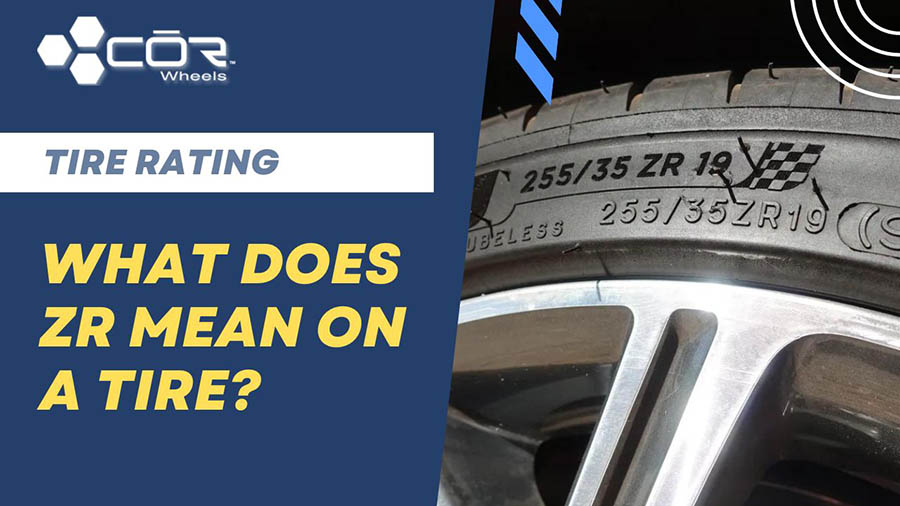

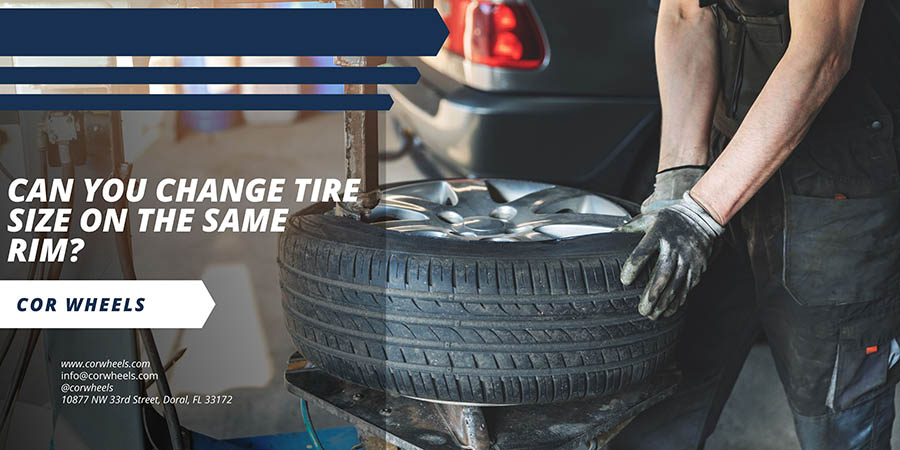
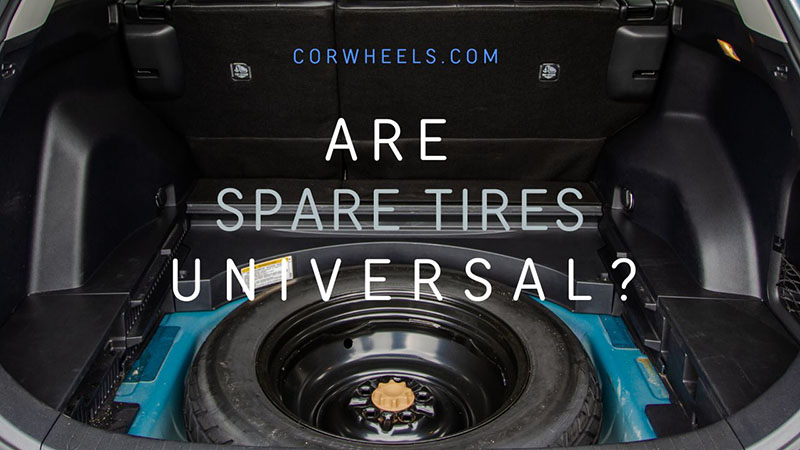
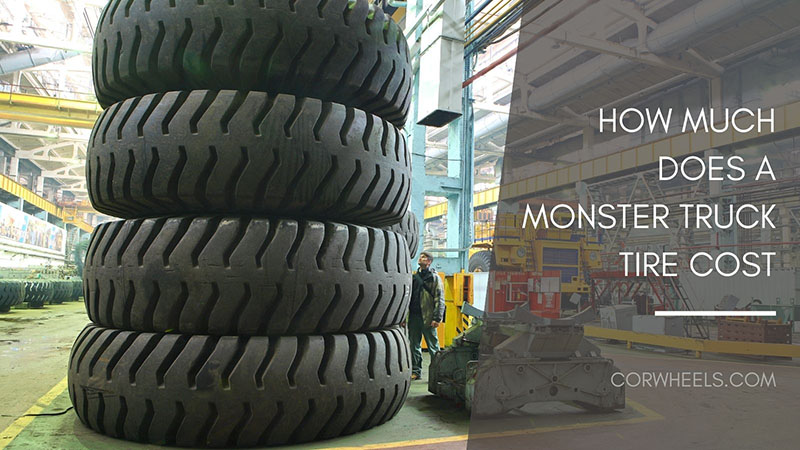
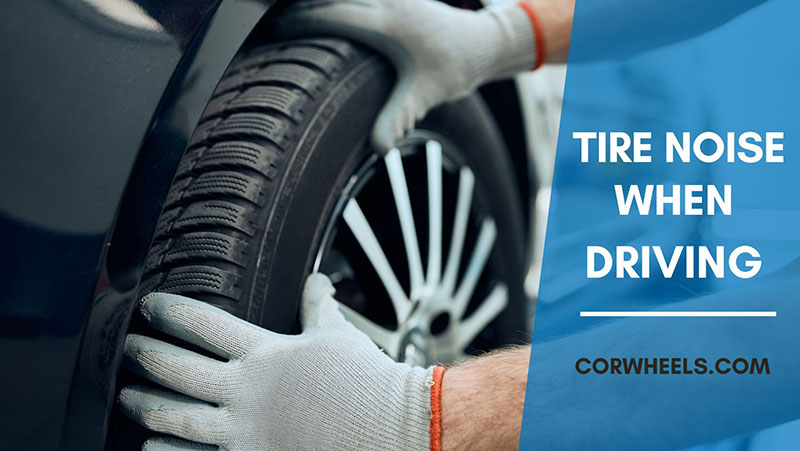
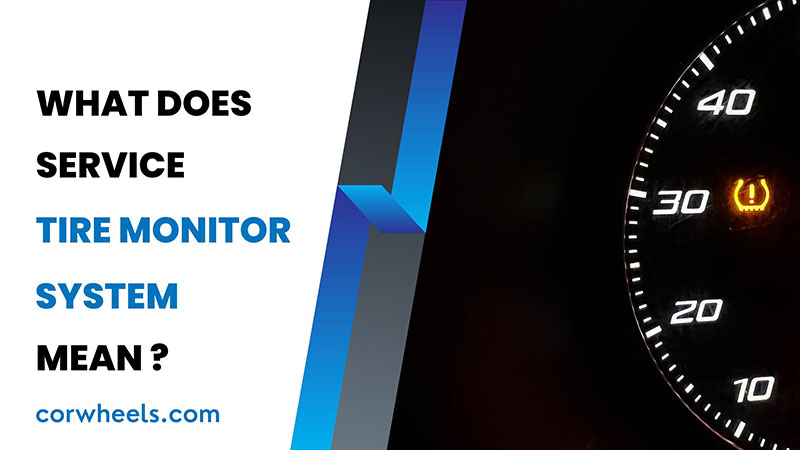
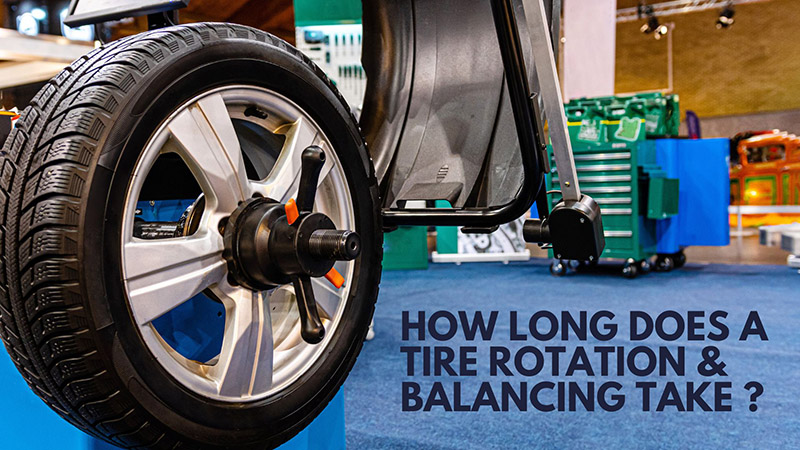
Nice article. Thank you